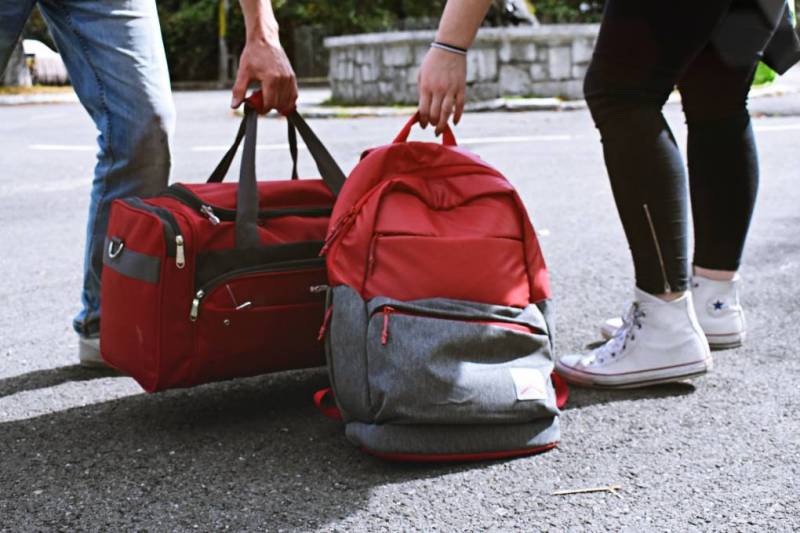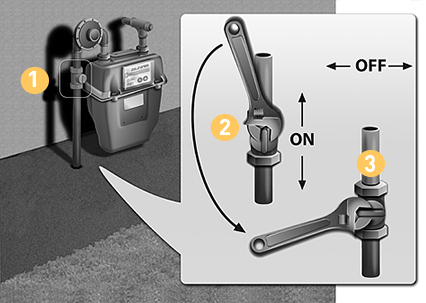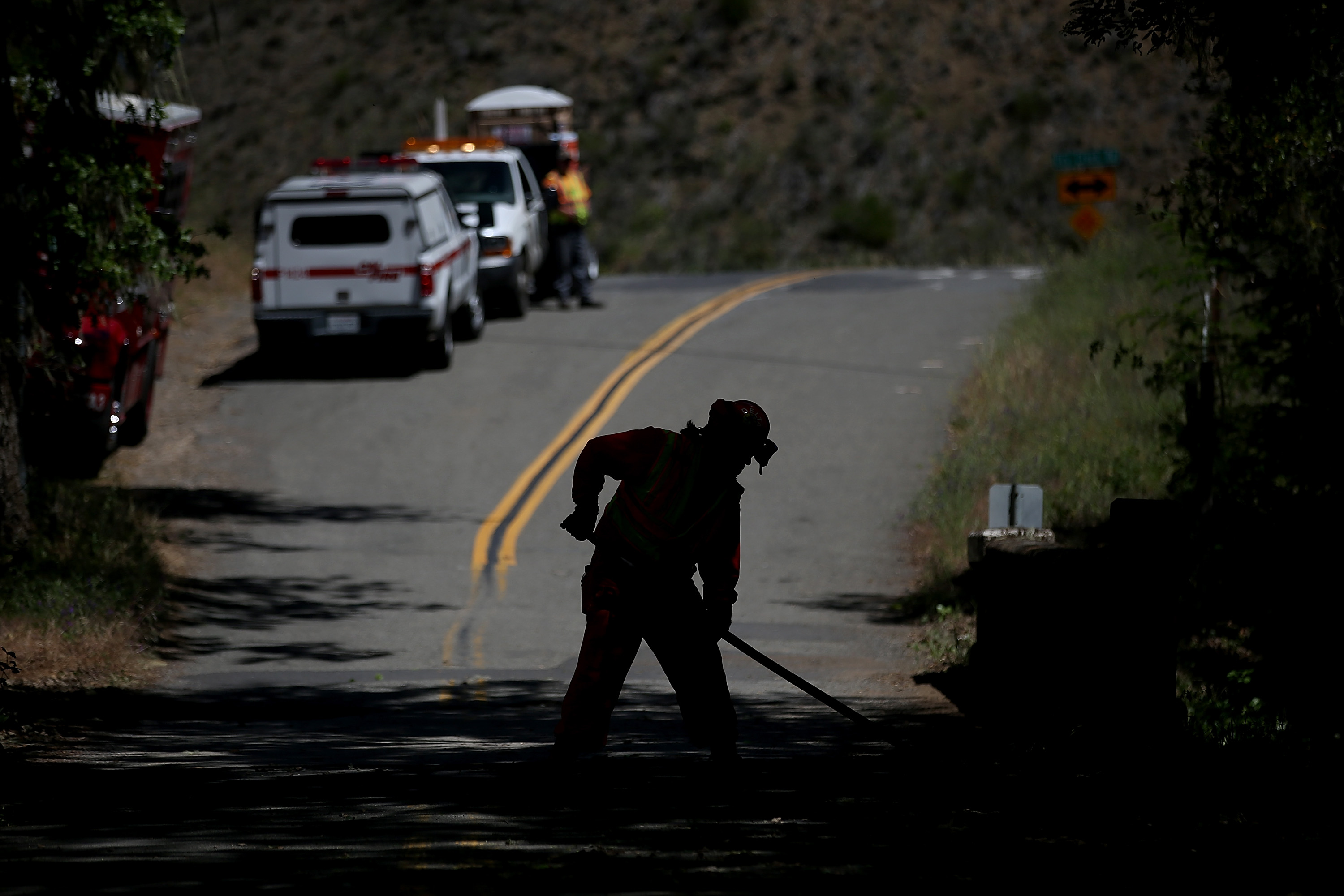Arteseros said you should send a text message to that out-of-state person with the time and your location, even if you don’t have wireless service, because that text message will eventually get to that person. Phone calls will fail when cell towers are down for either you or your contact, but text messages work on a relay system between emergency beacons on cell towers, so they are more likely to reach people than voice messages and phone calls.
It’s also a good idea to update your social media profiles on Facebook, Twitter or Instagram to let friends and family know your status, including where you are and when you will update your status again. This allows people to know when to expect information from you and will save cellphone battery, allowing you to go without cell service and Wi-Fi for a little while, if you must.
Remember, some smartphones allow you to change settings to make calls over Wi-Fi, and some apps like Facebook Messenger and WhatsApp allow Wi-Fi phone calls.
Read more about how to keep communicating with loved ones during a disaster situation in our guide.
Will I miss important news because I don’t have a smartphone?
Not necessarily. Counties increasingly rely on the WEA system — wireless emergency alerts that by and large are delivered to cellphones through the IPAWS system, the federal integrated public alert and warning system. Those alerts also go to NOAA Weather Radios, which operate on emergency cranks or battery power. NOAA weather radios broadcast official warnings, watches, forecasts and other hazard information consistently.
You can also sign up to get Nixle alerts, which can come via texts, voice messages and emails. If you have a friend, family member or neighbor who does have a smartphone, set up a system so they can get you important info.
How can I make sure I don’t lose treasured personal items in an evacuation situation?
Arteseros recommends building a special box that you can take with your go bag.
Those items would include heirlooms, photos and scrapbooks — anything that you consider special in your life that you would be devastated to lose, but is not practical for the go bag.
What should I do about my neighbors?
“Make a plan,” Arteseros said. She said it’s important to know who your neighbors are. You can help them make a go bag if they don’t have one, and make sure they have a way to escape, especially if they don’t have a car. (Keep your gas tank full.)
“We don’t want anyone waiting for a neighbor that just can’t get ready,” she said. “But it is important for everyone to look out for each other when something happens.”
We want to know what your questions and concerns are about wildfire preparation during the pandemic. Fill in the form below and let us know:
- What questions you have about preparing for wildfires?
- What you’re doing to prepare for power shutoffs
- Anything else on your mind around wildfires, power shutoffs and COVID.


